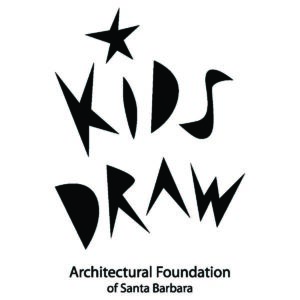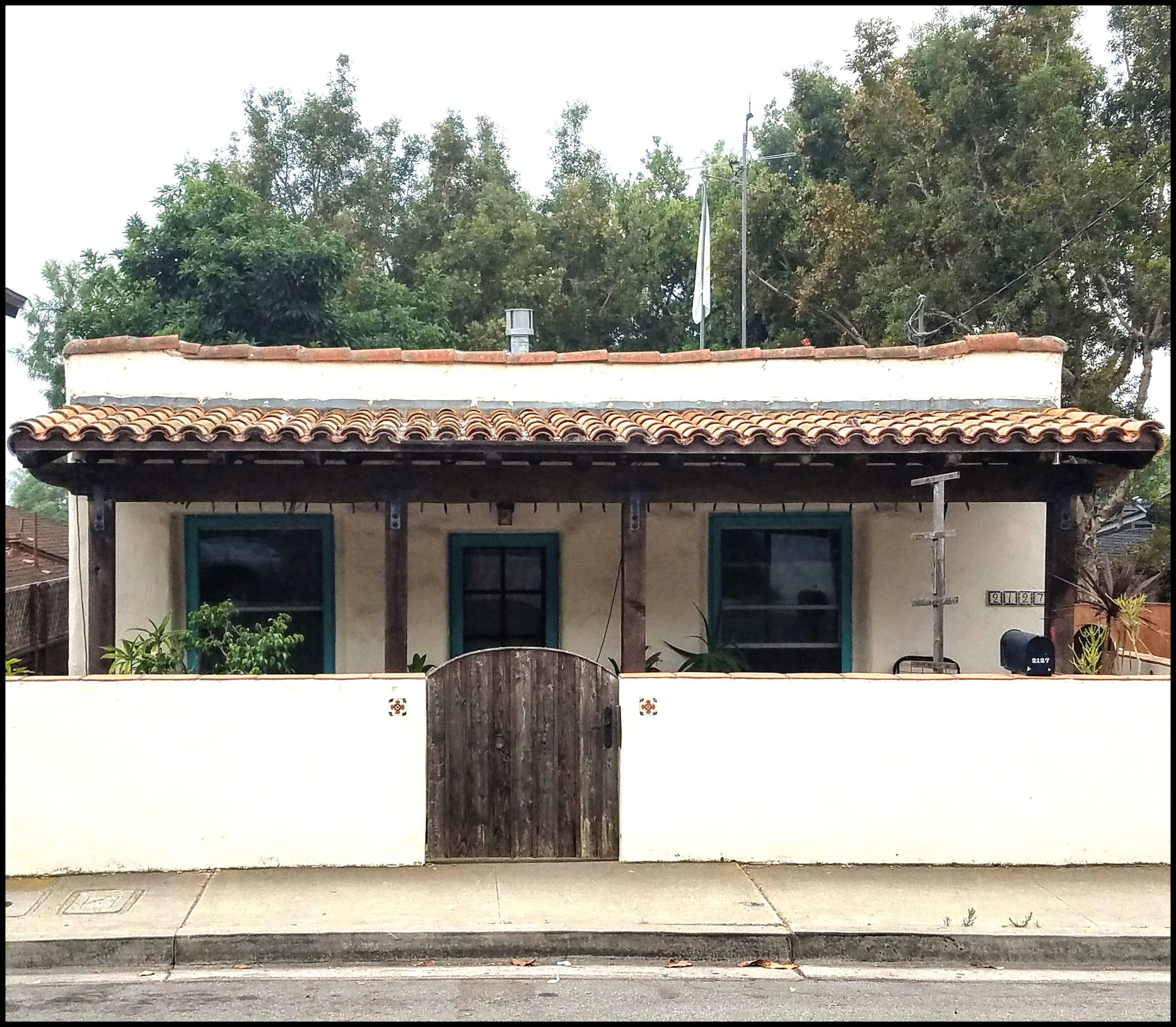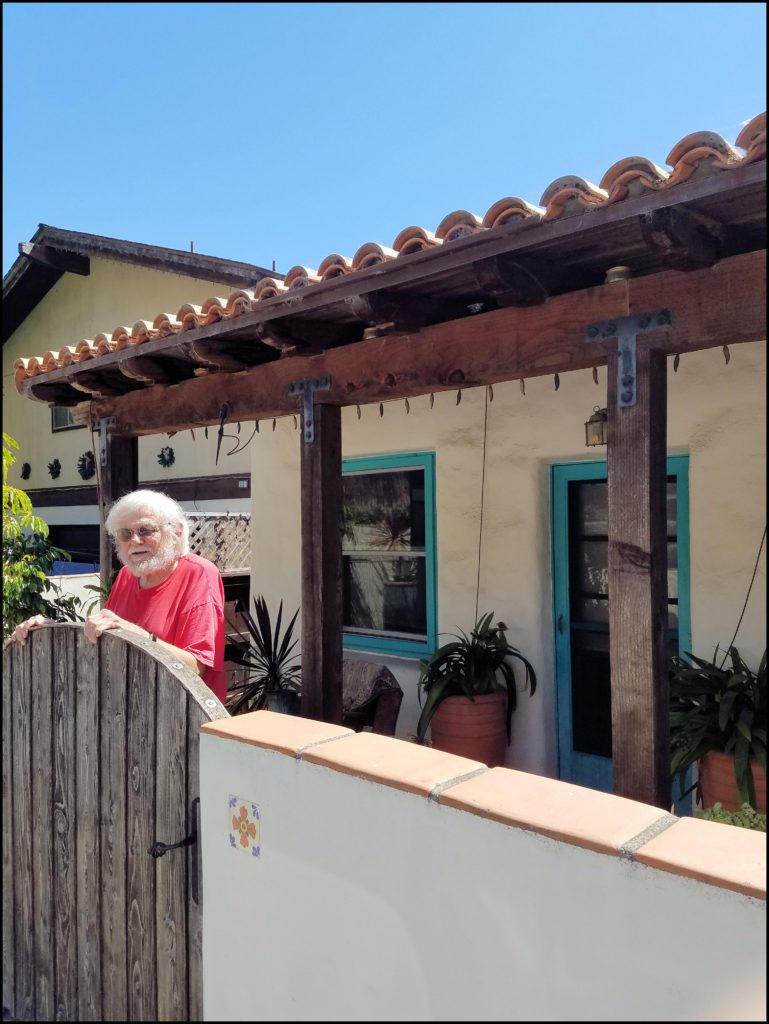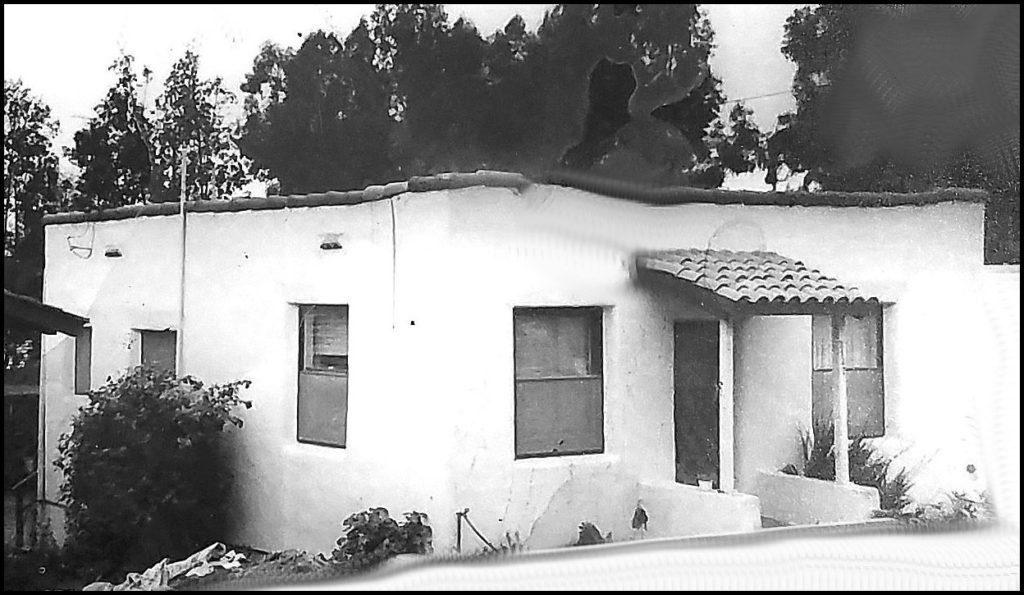Join us for this unique opportunity to listen to Minga Opazo discuss her work with Curator Yessica Torres. Together, they will present Minga’s current solo exhibition at the AFSB Gallery as well as past collaborations, and offer a peek at new, joint projects. Friday, October 2, 2020, at 5:00 PM.
Join us on Zoom!
Minga Opazo is a fourth-generation textile crafter. She examines the relationship between climate change, contemporary textile production, and Chilean textile history through weavings, sculpture, and installations to expose the unsustainable and dehumanizing practices of the international textile industry. Born and raised in Chile, she arrived in California at the age of sixteen. After graduating from UC Berkeley with a major in Art Practice, she moved to LA and had solo exhibitions at DAB Art Gallery and the Carnegie Museum of Art (Oxnard, CA). She was awarded Artist Residencies at the Banff Art Center (Canada), ACRE (Wisconsin), and the Haystack Mountain School of Crafts (Maine). She recently earned her MFA from the California Institute of the Arts.
Yessíca Torres co-opened H Gallery + Studios in Ventura, CA in 2013 where she presented a progressive, contemporary program. In 2014, with the realization that art exposure need not be limited by physical location, Yessíca independently established the Dab Art Company. Dab Art embraces the unceasing evolution of contemporary art by featuring experimental artists, highlighting innovative techniques and utilizing technological advances.
Dab Art’s long-standing partnership with the online art sales platform ARTSY has proved to be an invaluable resource, garnering views into the tens of thousands. With buyers from 130+ countries, 2.2 million+ visitors each month, and an average transaction distance of more than 3,000 miles, ARTSY provides the connections needed to grow the collector base. ARTSY also partners with Gagosian, Hauser & Wirth, and Simon Lee galleries.








